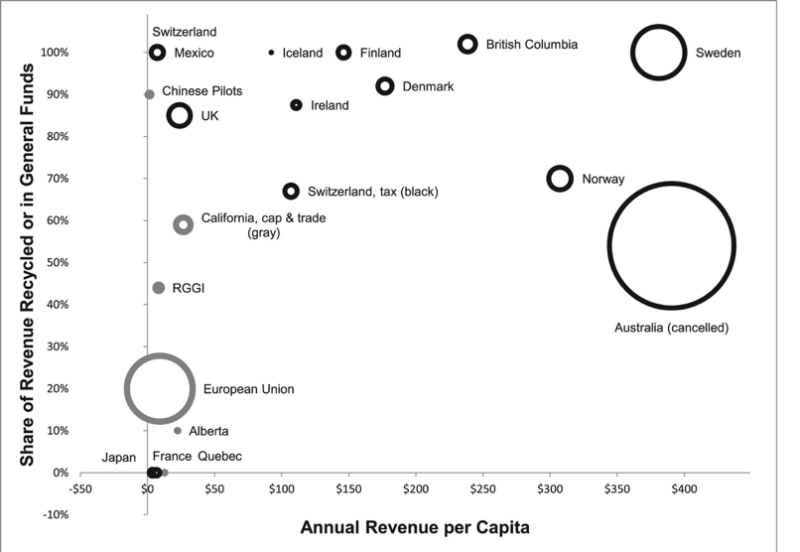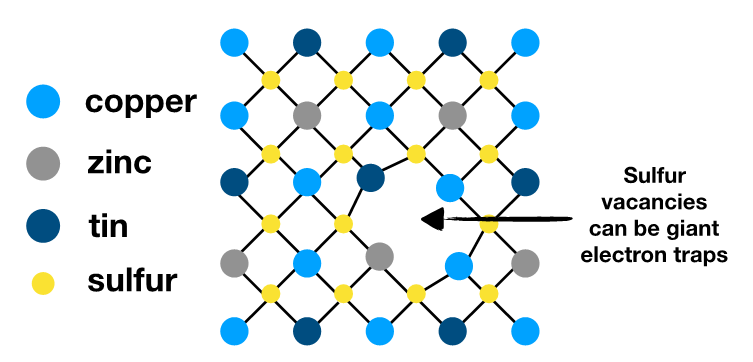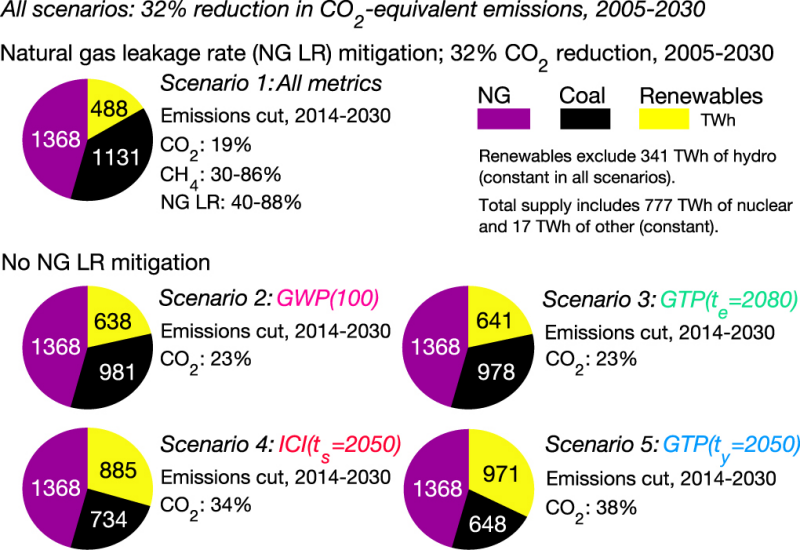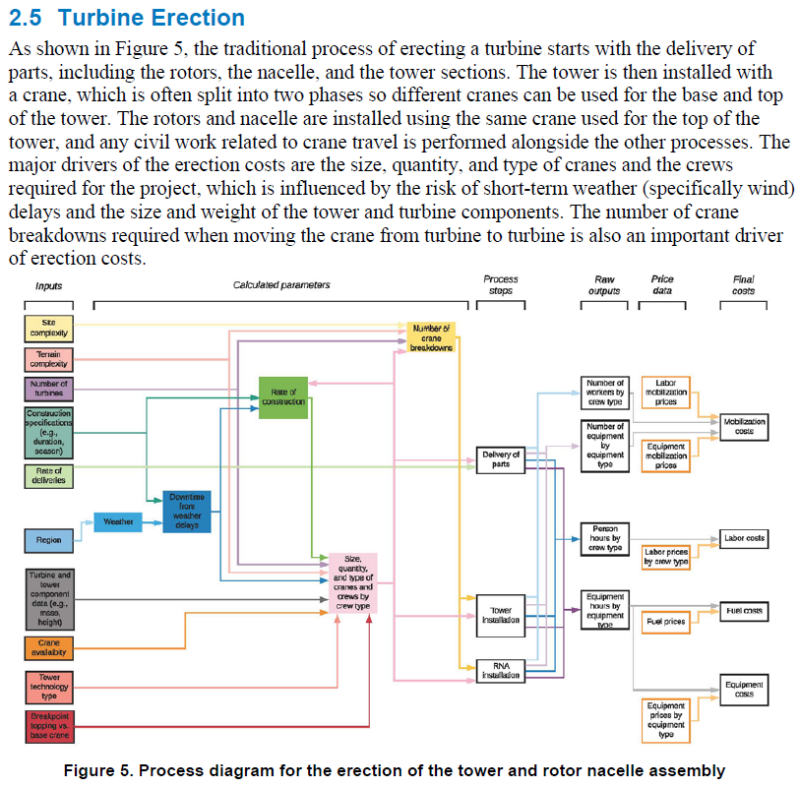
January 31, 2020 by Meredith Fowlie, via Energy Post The issue of carbon taxes is under debate in the U.S. Congress. The fear is a new tax will destroy jobs and hinder growth. Will it? Meredith Fowlie at the Energy Institute at Haas says the U.S. should see Europe as a very useful carbon tax laboratory experiment: half the countries have some sort of tax, the other half don’t. She’s pulled together evidence to answer the simple question: does a carbon tax affect aggregate employment and growth.
[Read more...]





